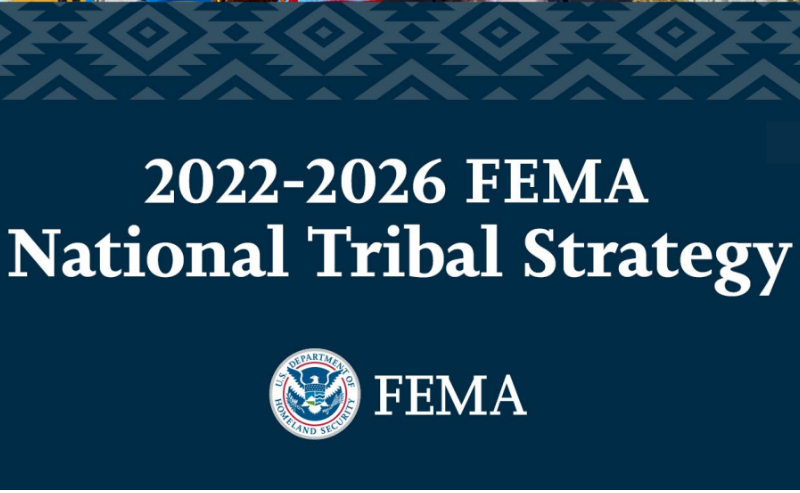Tribal governments, as expressed by the National Congress of American Indians (NCAI), are important and unique members of the family of American governments. They provide multiple programs and services, including energy, education, workforce development, and emergency management. And all 574 sovereign tribal nations (i.e., tribes, nations, bands, pueblos, communities, and native villages) often do so with limited funds and resources, especially before, during, or after critical events, such as natural disasters.
Recognizing these long-standing issues and responding to the need for reform (especially regarding disaster declarations), FEMA tribal affairs recently consulted with 135 representatives of 78 tribal nations. In total, there were 14 virtual feedback sessions with tribal representation from all ten FEMA regions.
The information gathered helped identify the most critical challenges facing tribal nations, FEMA, and the broader emergency management community and eventually led to the development of the 2022-2026 National Tribal Strategy.
The first-of-its-kind five-year strategy addresses FEMA’s responsibilities to federally recognized tribal nations. It identifies actions the agency plans to take to build closer ties with these tribes, including improving disaster mitigation, response, and recovery efforts in tribal communities.
Key issue areas of the new strategy, as indicated by the federal agency, include resources tailored to support tribal emergency management programs, such as:
- Initiating a national study on tribal emergency management capacity and capabilities.
- Developing a comprehensive FEMA guide of programs.
- Developing technical assistance resources to help tribes access FEMA funds before and after disasters.
- Convening an annual meeting of national and regional tribal liaisons.
- Expanding training opportunities for tribal nations and other related objectives.
Interestingly (and in years past), tribal nations were only granted the ability to request presidential disaster or emergency declarations independently from neighboring states. Unfortunately, the process was burdensome and encompassed arbitrary requirements that blocked many tribes from receiving assistance after disasters.
The five-year strategy includes a commitment to “conduct an internal review of programs and policies that may inhibit equitable tribal nation access to FEMA programs and resources, and commit to affecting legislative, regulatory, and policy changes that will enhance tribal access.”
The strategy also states that the agency will begin working on various projects to improve relationships and the capacity of tribal emergency management. These include, but are not limited to, translating FEMA documents into Native American languages, reinforcing connections between the agency and tribal leadership, and providing cultural competency training for FEMA employees concerning the unique status of tribal nations.
The 2022-2026 National Tribal Strategy follows the release of FEMA’s overall five-year plan in late 2021. That plan prioritized equitable access to disaster assistance (for the first time) as a central goal.
Want to learn more about FEMA’s 2022-2026 National Tribe Strategy? It’s available online at: https://www.fema.gov/sites/default/files/documents/fema_national-tribal-strategy_08182022.pdf.
Need assistance developing an emergency, continuity, or hazard mitigation plan for your tribal nation? Consider BOLDplanning, a division of Agility. The company offers expert consulting services and a simple-to-use online platform for plan development. Email info@BOLDplanning.comto learn more now.






